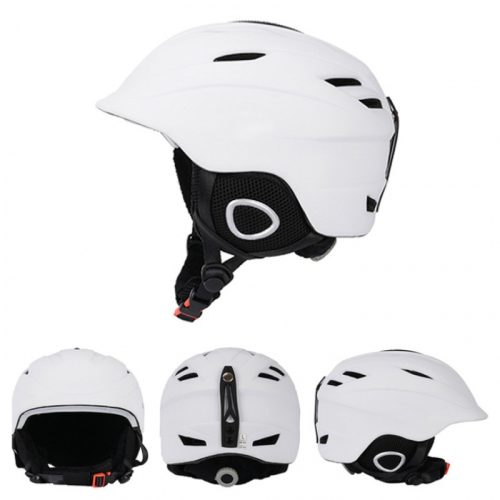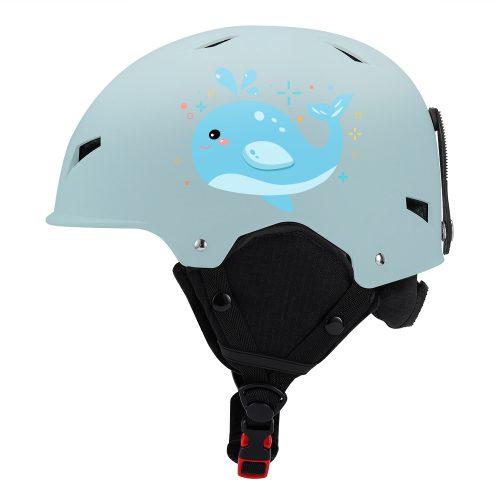Selecting the right type of helmet is crucial to ensure your safety in various activities and industries. The choice of helmet depends on the specific risks and requirements associated with your work or recreational pursuits. Here’s a breakdown of some common helmet types and how to choose the right one:
1. Hard Hats:
- Purpose: Hard hats are designed to protect your head from falling objects, impacts, and electrical hazards.
- Use: They are commonly used in construction, industrial, and utility work.
- Considerations: Ensure it complies with safety standards, and choose one with appropriate accessories like chin straps and face shields if needed.
2. Bump Caps:
- Purpose: Bump caps offer minimal protection against minor head bumps or knocks.
- Use: They are suitable for industries with low head injury risks, such as warehouses, logistics, and food processing.
- Considerations: These are not intended for high-impact situations and should not be used in place of hard hats in high-risk environments.
3. Climbing Helmets:
- Purpose: Climbing helmets protect against impacts and falling debris during rock climbing and mountaineering.
- Use: They are essential for any climbing or mountaineering activity to reduce the risk of head injuries.
- Considerations: Look for lightweight, well-ventilated helmets that provide a comfortable fit.
4. Cycling Helmets:
- Purpose: Cycling helmets are designed to protect cyclists from head injuries in the event of falls or collisions.
- Use: Essential for anyone riding a bicycle, whether for commuting, road cycling, or mountain biking.
- Considerations: Ensure it meets safety standards, fits comfortably, and is well-ventilated.
5. Fire Helmets:
- Purpose: Fire helmets provide protection against flames, heat, and falling debris for firefighters.
- Use: They are specifically for firefighting and should meet industry-specific standards.
- Considerations: Fire helmets have special features like heat resistance and face shields for protection.
6. Motorcycle Helmets:
- Purpose: Motorcycle helmets protect riders from head injuries during accidents.
- Use: They are essential for motorcycle riders on roads and highways.
- Considerations: Choose between full-face, open-face, or half helmets based on your riding style and preferences. Ensure it complies with safety standards for your region.
7. Sports Helmets:
- Purpose: Sports helmets are designed for various recreational activities such as football, hockey, and skiing, to protect against impacts.
- Use: Always wear the appropriate helmet for your specific sport to prevent head injuries.
- Considerations: Ensure it fits securely and meets the safety standards for your sport.
When choosing the right helmet, consider the following factors:
- Safety Standards: Ensure the helmet meets relevant safety standards, such as DOT for motorcycle helmets, ANSI for hard hats, or specific sports safety standards.
- Fit: The helmet should fit snugly and comfortably. Make sure it can be adjusted to your head size and shape.
- Comfort: Look for helmets with adequate padding and ventilation to maximize comfort during extended wear.
- Activity/Industry: Select a helmet designed for the specific activity or industry you’re involved in to provide the right level of protection.
- Accessories: Depending on your needs, consider accessories like visors, face shields, hearing protection, or lights to enhance the functionality of your helmet.
Always prioritize safety and choose the helmet that best suits your intended use while adhering to industry or activity-specific safety guidelines and regulations.


